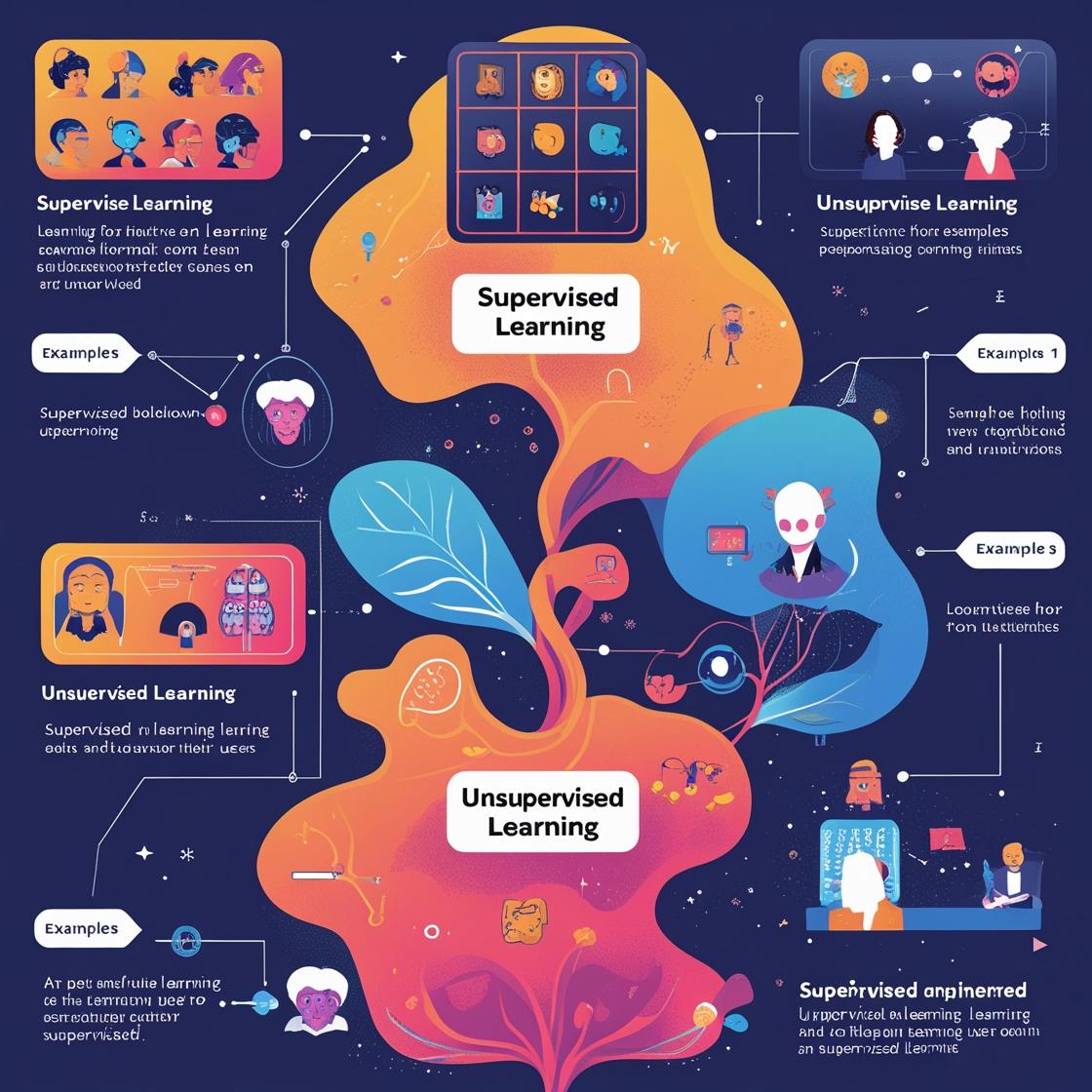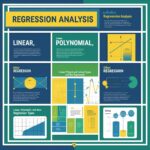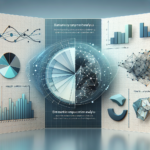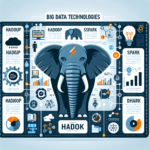Learn the distinctions between supervised and unsupervised learning methods along with practical applications in this comprehensive guide.

Machine Learning is at the core of modern Artificial Intelligence applications, powering everything from personalized recommendations to autonomous vehicles. Within this field, Supervised Learning and Unsupervised Learning are two foundational approaches that guide how machines interpret and learn from data. Understanding the key differences between these paradigms and knowing when to apply each is critical for data scientists, developers, and businesses leveraging AI technologies.
Supervised Learning involves training a model on a labeled dataset, meaning each training example is paired with an output label. The goal is for the model to learn the relationship between inputs and outputs so it can predict the label of new, unseen data accurately.
Popular techniques in Supervised Learning include:
Supervised Learning is ideal when the goal is clearly defined, and there is a significant amount of labeled data. Common applications include fraud detection, image recognition, and medical diagnosis.
Unsupervised Learning deals with unlabeled data. The model tries to identify patterns, structures, or relationships within the dataset without prior knowledge of the outcomes.
Key techniques in Unsupervised Learning include:
Unsupervised Learning is used when labels are not available or too costly to obtain. It is especially valuable in exploratory data analysis, anomaly detection, and organizing large datasets.
Understanding how these two methods differ helps in selecting the right approach for your project. Here are the core distinctions:
Supervised Learning is widely used in scenarios where historical data with outcomes is available. Common applications include:
Actionable Tip: Always ensure your training data is representative of real-world scenarios. Clean, balanced, and well-labeled datasets significantly improve model performance.
Unsupervised Learning excels in discovering insights from data without predefined labels. Its flexibility makes it ideal for:
Actionable Tip: Use visualization tools such as t-SNE or PCA plots to make sense of clusters and dimensions in Unsupervised Learning.
When deciding between Supervised and Unsupervised Learning, consider the following:
In many real-world applications, hybrid approaches combining both methods deliver optimal results. For example, Unsupervised Learning can be used to preprocess or organize data, which is then fed into a Supervised model.
To effectively implement Machine Learning models in either category, follow these best practices:
As Artificial Intelligence continues to evolve, so do the methodologies behind it. Emerging trends include:
These innovations are reducing the dependency on large labeled datasets and making Machine Learning more accessible across industries.
Understanding the distinctions between Supervised Learning and Unsupervised Learning is essential for making informed decisions in data science and AI projects. Whether you’re classifying email spam, grouping similar products, or predicting customer churn, choosing the right approach can significantly impact your outcomes.
By leveraging the strengths of each method and staying current with advancements in Machine Learning, businesses and individuals can unlock deeper insights and drive more intelligent automation.
Looking to advertise, promote your brand, or explore partnership opportunities?
Reach out to us at
[email protected]












Chose where you want to study, and we will let you know with more updates.